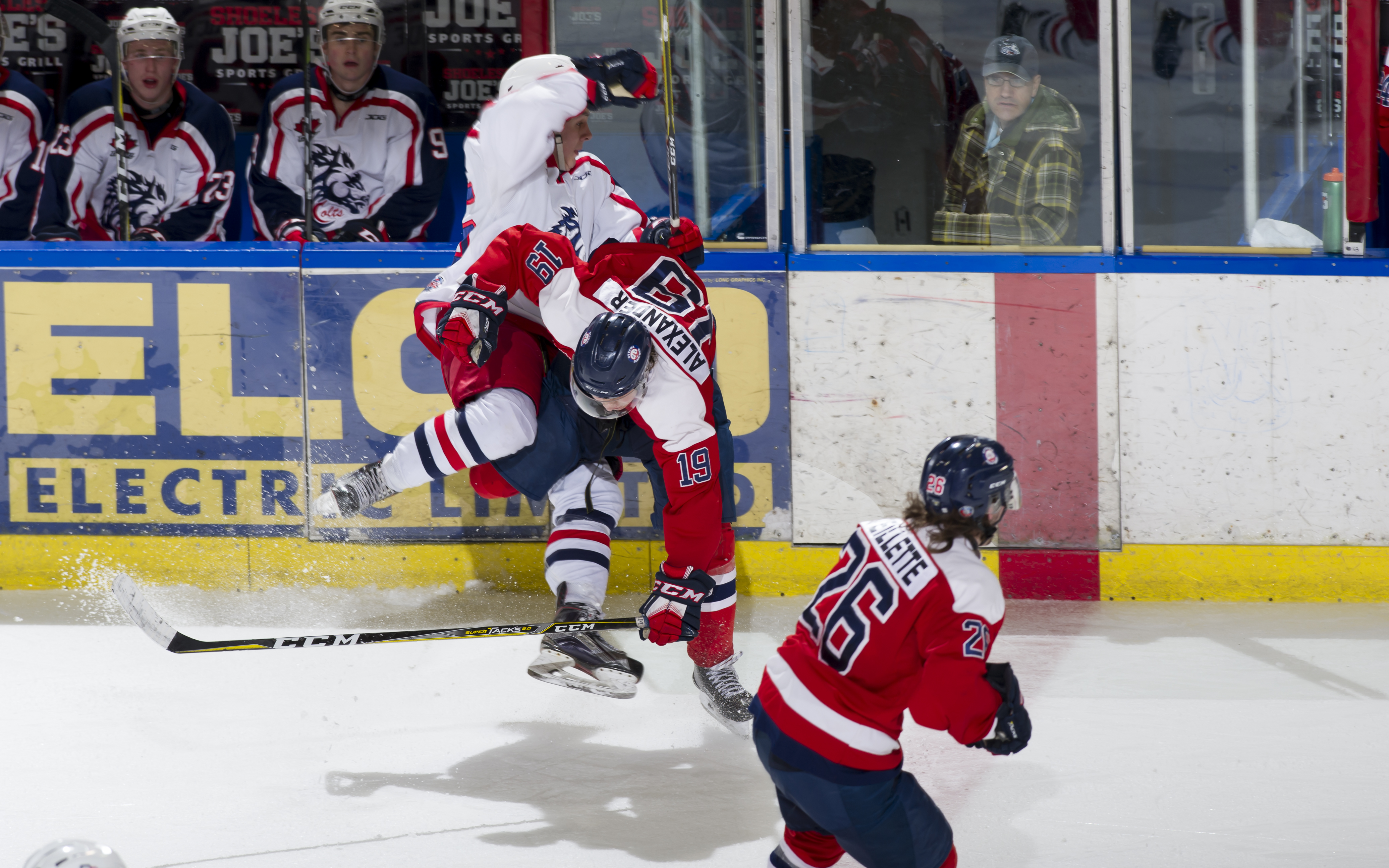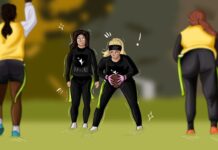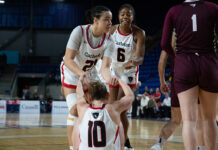While hockey is a sport often known for its combativeness, instances of fisticuffs have been decreasing in one Ottawa hockey league since 2006, according to new statistics by Canadian hockey fight-tracking website “Drop Your Gloves.”
The Canadian Central Hockey League (CCHL) is a Junior A league which has 12 teams, four hailing from Ottawa. The league includes teams from all over the Ottawa county area, such as the Ottawa Junior Senators, Kanata Lasers, Nepean Raiders, and Carleton Place Canadians.
In the 2006-07 season, according to Drop Your Gloves, there was a total of 97 fights in the regular season. However, in the 2017-18 season, there were only 36 fights.
“I think fighting is losing its place in the CCHL. It is starting to go down now because [player] size is going down,” Justin St-Germain, a former CCHL player on the Gloucester Rangers, Cornwall Colts, and Kemptville 73s, said.
St-Germain said he noticed some of the best players in the CCHL were not very tall or heavy, but that did not matter because of the emphasis on speed and skill in the league.
Darcy Walsh, the captain of the Ottawa Junior Senators, said he thinks there will be less fighting in the CCHL, but it will never completely leave the game. He says fighting keeps the players accountable.
If a player fights in the CCHL, they are ejected from the game. If they fight after the 10-minute mark in the third period, they are also suspended for one game.
Not being able to play in games can hurt a player’s value and their chance to subsequently play in leagues ranked higher than the Junior level, such as the Ontario Hockey League or university hockey.
“Guys want to play. When you get ejected from the game, you are not playing more,” Kevin Abrams, the commissioner of the CCHL, said.
“I think the fact that our players are trying to get the attention of scouts from the NCAA is why they play in the league, and there is no fighting in the NCAA because the players wear cages,” said Martin Dagenais, the head coach and general manager of the Ottawa Junior Senators.
Dagenais added that when he scouts players in younger leagues to come play for his team, he tends to look past their fighting skills.
Wil Murray, a current player for the Navan Grads of the CCHL, said there was no fighting in triple ‘A’ and in the lower leagues he played in.
Murray has been in three fights in the CCHL and was drafted by the London Knights of the Ontario Hockey League in 2016. In his time with the London Knights, Murray has experienced fights, some of which were encouraged by his coaches.
“Being in a fight is like a bunch of pictures. Your eyes are open, your eyes are closed—it is all adrenaline,” Murray said. “When you get clocked right in the face, your eyes start to water, the vision starts to go, but for the most part, you are not even feeling the punches because of the adrenaline.”
There are several injuries players can suffer in hockey, but in the CCHL, there have been very few injuries from fighting, according to Sarah Nicole, the CCHL’s lead trainer.
“From fighting, we will see a lot of facial lacerations or lacerations to their knuckles, but that is about it,” Nicole said.
Nicole added that there have not been a lot of concussions from fighting in the CCHL. In order to suffer a concussion from fighting, she says a player’s helmet would have to come off during the fight, and the player’s head would have to hit the ice, which does not happen often.
“Those kind of fights can be scary because if you end up on the wrong end, you can get in a tough spot in a hurry,” Shaun Van Allen, Ravens men’s hockey head coach, said.
Van Allen was not known for being a fighter, but did have 10 career fights during his time in the NHL. Van Allen said he did not feel bad about beating up someone in a fight because he would not fight other players unless a player annoyed him, or he was sticking up for his teammates.
He said hockey players have to stick up for their themselves.
“If you were to fight in the first period, it would be a pretty short night,” Abrams said.
_________________________________________________________________________________________________________________________________
Image by Robert Lefebvre






